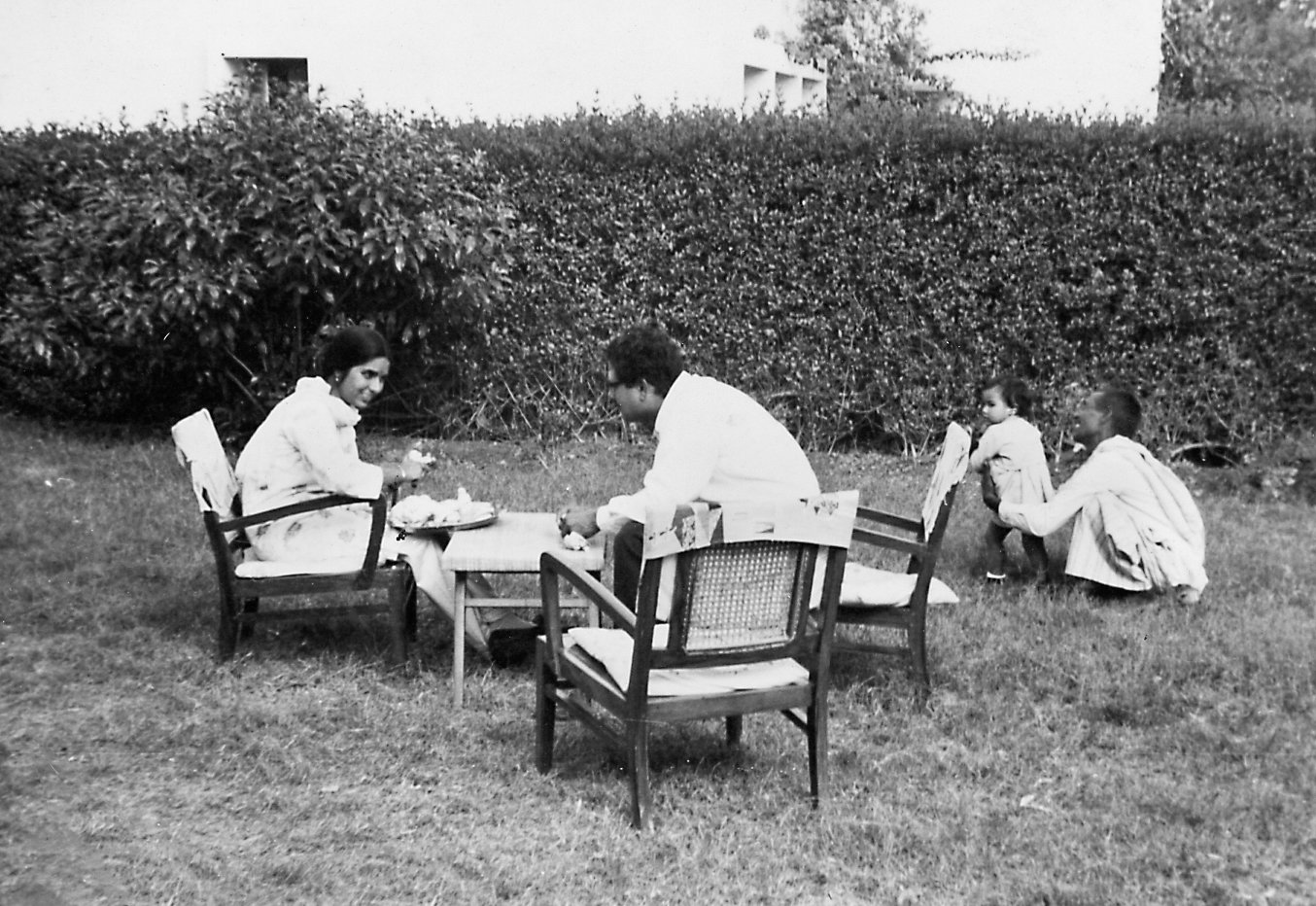
FOR THE JOY
OF LISTENING.
Authored by Tyler Faurot
The legacy of Tandon House begins nearly a century ago in Pakistan, with a man by the name of Kamlesh Chander Tandon, from whom the collective’s namesake originates. K.C. Tandon was a lifelong musician and teacher whose outsider approach espoused the importance of emotional impact in musical performance.
Read below about KC Tandon, whose relationship with music serves as a regular reminder for those who strive to bring passion and vitality into all that they do.
I — Humble Beginnings and Early Inspiration
Born in 1936 in the city of Gujrat in Pakistan before Partition, Kamlesh grew up in the city of Jalandhar, raised by a single mother who sang at their local temple. The young Kamlesh followed his mother everywhere she went, attending her vocal performances of Hindu chants. This is perhaps where he was first inspired to study music, first taking up the flute to accompany her at temple.
A mathematically curious musician who was fascinated by the numerical and formulaic components of musical composition, Kamlesh began to outpace his mother for gigs, eventually performing more regularly than her. Early on, Kamlesh decided he was going to pursue a life in music and nothing else.
The aspiring musician was determined to attend the Santiniketan school for music, a renowned conservatory founded in 1921 in Bolpur. His mother gave him the money needed to attend the school, but it came with an ultimatum; if he returned home without earning his education, he would be disowned.
II — An Outsider Makes his Way Into the School
After taking the train to Bolpur, Kamlesh arrived at Santiniketan, but to his dismay, the term had already begun and he was not admitted. The school administration shunned Kamlesh because of his background, surmising that he came from a town that was experiencing a bad economy and therefore held no cultural value. The denial was stark, but he wasn’t about to return home in disgrace. He couldn’t fail the woman who raised him, and he couldn’t give up on his passion.
The Santiniketan school taught their classes outdoors, and Kamlesh would stand at a distance to listen to lectures and workshops. With no place to stay, he would sit outside of one of the teachers' homes each night and practice what he had gathered from the lectures. After several days practicing in her garden, the teacher took a shine to Kamlesh’s dedication and decided to personally instruct him.
Kamlesh would go on to ace the exams that term with the highest marks possible, finally making his way into the school as a formal student, where he learned to play the sitar and esraj. After three years of study, he was hired by the school to instruct other students and taught for a year.
After leaving Santiniketan, Tandon taught music at the Punjab Public School for twenty five years, where he emphasized to his students the utmost importance of emotional impact in their performance. His philosophy stressed that the audience should experience the very emotion the musician was trying to convey. If a piece was joyous, the listener should want to dance, and if it was sad, the audience should be welled with tears.
III — THE LEGACY LIVES ON
Kamlesh Chander Tandon’s life is a testament to the success of musicians that circumvent the conventional approach to music performance and education. Coupling the human emotion that drives performance with a mathematical understanding of music theory, Tandon exemplified that music has an inherent power to connect people to one another.
This procedural attitude is an integral philosophy for Tandon House, founded in part by KC Tandon’s grandson, Sam. Collaborative efforts with the collective’s dedicated team of producers and engineers to elevate an artist’s composition to its most emotionally affective state is everything Kamlesh Tandon prosthelytized.





